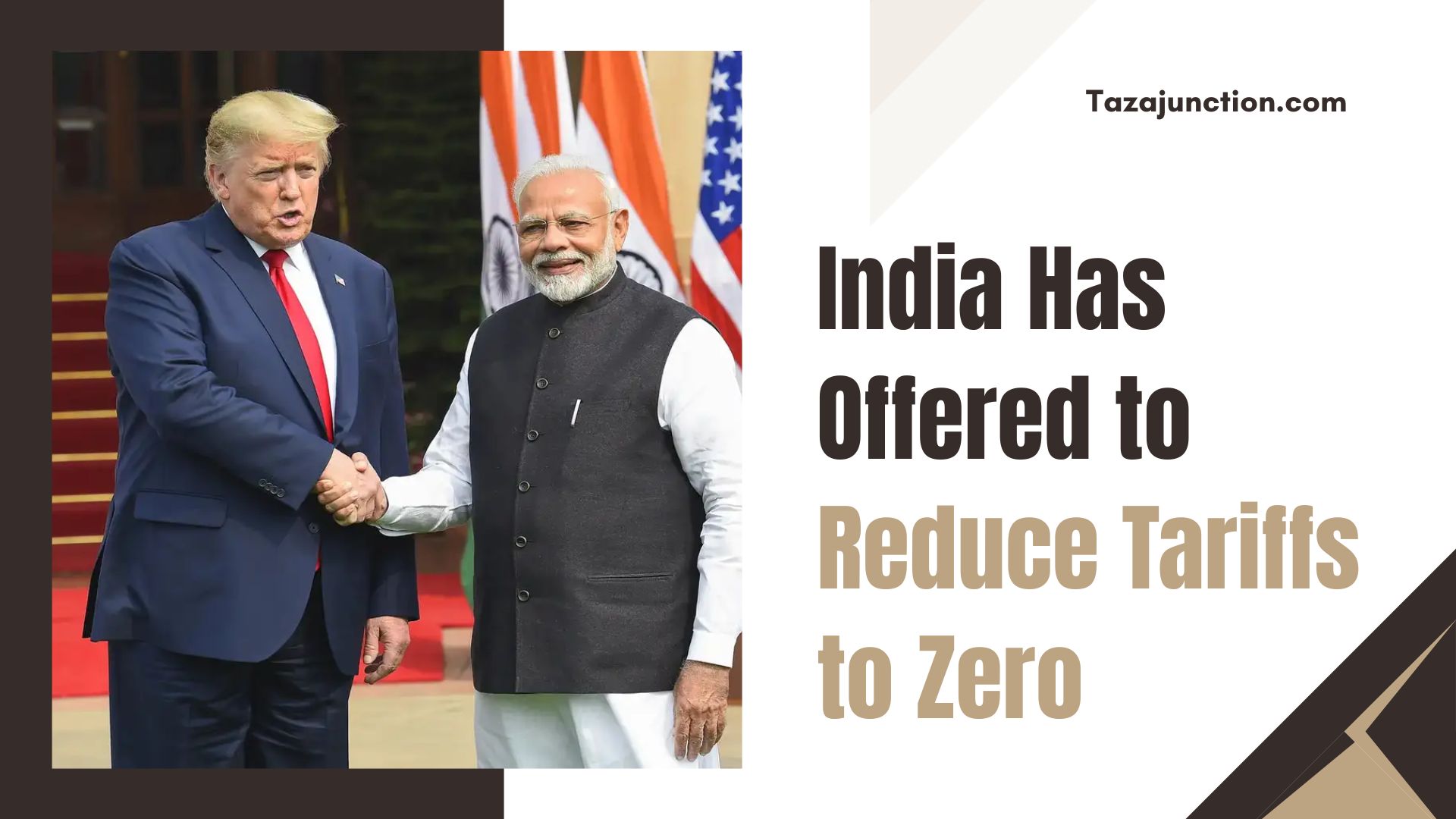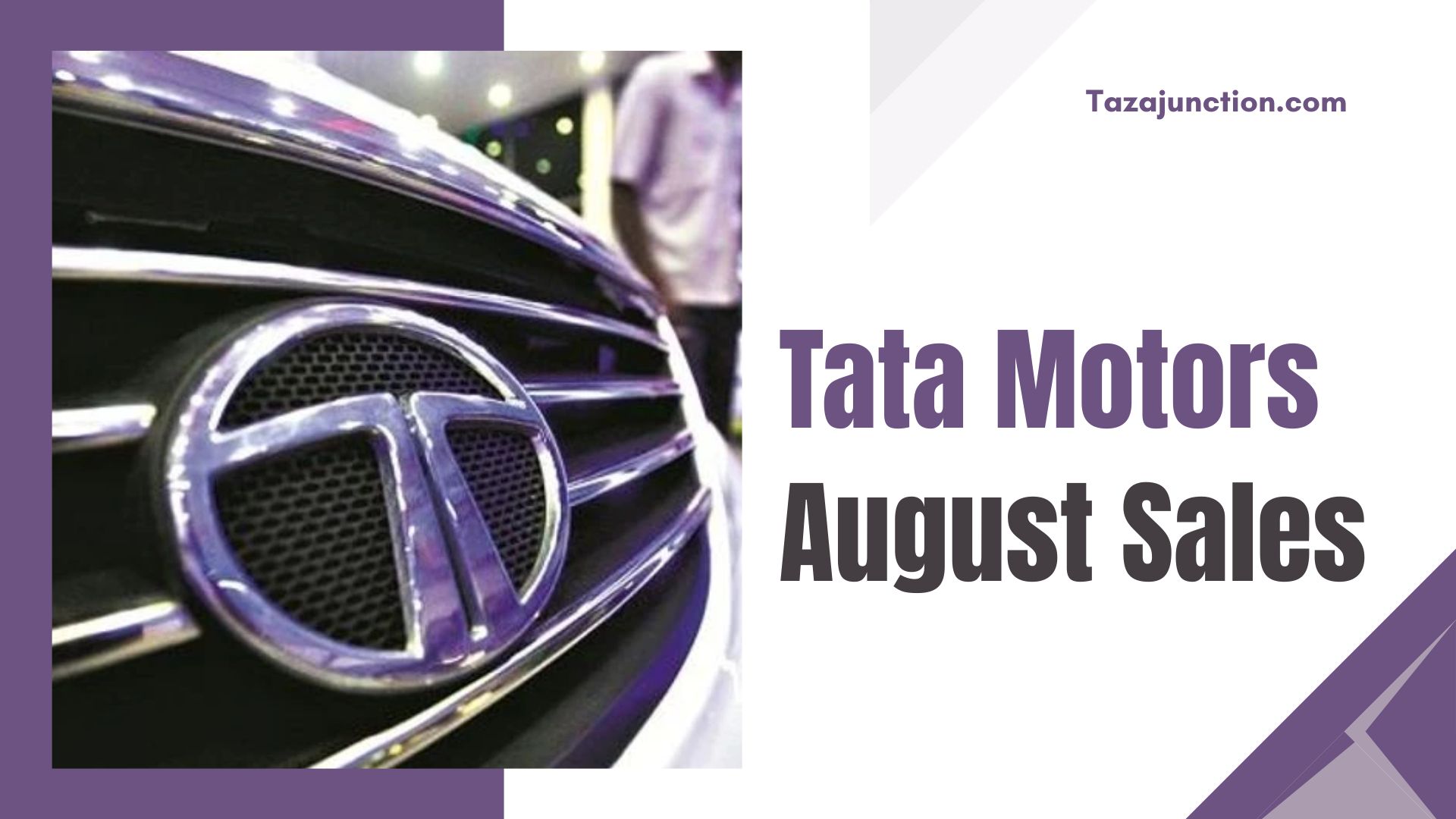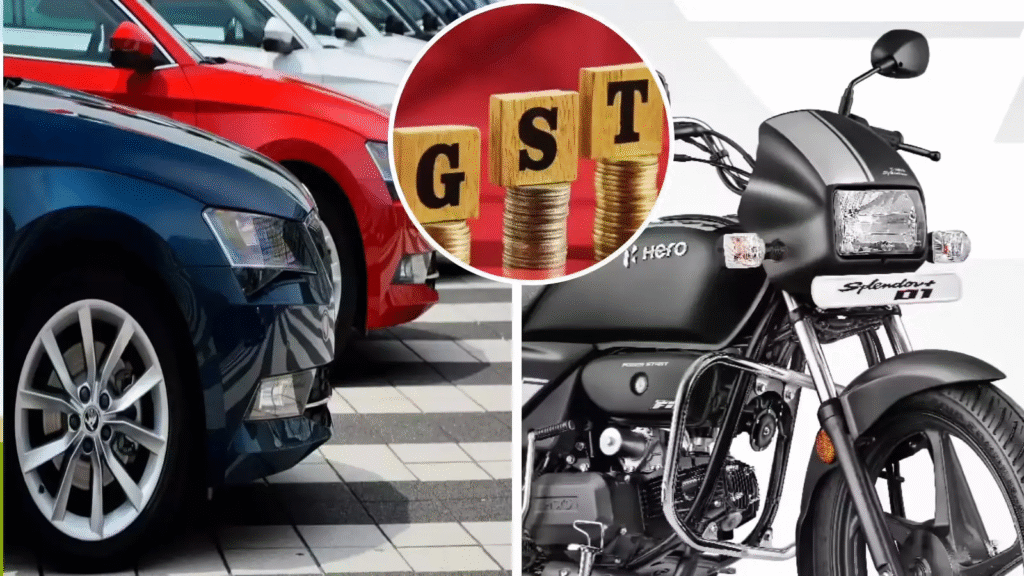Meta’s ambitious journey into artificial intelligence has hit a roadblock, as reports reveal that Meta new Superintelligence Lab plagued by departures, inner turmoil is struggling to stay on course.
Launched with the promise of pushing AI research beyond traditional boundaries, the lab was expected to accelerate breakthroughs in advanced reasoning and machine learning.
Instead, it is now making headlines for the wrong reasons—high-profile resignations, internal conflicts, and growing concerns about its direction.
Insiders describe an environment filled with disputes over priorities, ethical considerations, and leadership approaches. As rivals like OpenAI and Google DeepMind continue to surge ahead, Meta faces the challenge of regaining credibility while proving that its vision for AI can survive organizational chaos.
Table of Contents
A Bold Vision for Superintelligence
Meta launched its Superintelligence Lab with much fanfare, positioning it as a cornerstone of its long-term strategy to develop next-generation AI systems.
The goal was clear: to accelerate research into artificial intelligence that goes beyond narrow tasks and potentially achieve breakthroughs in reasoning, problem-solving, and creativity.
However, instead of becoming a beacon of progress, Meta new Superintelligence Lab plagued by departures, inner turmoil has become a case study in how corporate politics and organizational challenges can undermine lofty ambitions.
High-Profile Departures Shake Confidence
Reports indicate that several senior researchers and engineers, many of whom were recruited from top AI institutions and rival firms, have abruptly left the project.
These departures were not minor losses. They included prominent scientists who had been leading research in reinforcement learning, large language models, and safety protocols.
When a new lab suffers such significant brain drain, it creates ripple effects. Talented mid-level researchers often follow their mentors, and the project risks losing the institutional memory necessary to achieve its objectives.
Observers note that Meta new Superintelligence Lab plagued by departures, inner turmoil is fast losing the stability required to pursue long-term goals.
The Inner Turmoil Behind the Scenes

The departures are only one part of the story. According to insiders, the lab has been riddled with disagreements over research priorities and management styles.
Some factions within the team reportedly pushed for rapid commercialization of AI applications, while others advocated for a cautious, safety-first approach.
This clash of ideologies created a toxic environment. Instead of fostering collaboration, internal politics stifled creativity and innovation. As a result, Meta new Superintelligence Lab plagued by departures, inner turmoil has been unable to present a unified vision of where it wants to go.
The Pressure of Competition
Adding to the strain is the intense competitive pressure from rivals such as OpenAI, Google DeepMind, and Anthropic. These companies have already established themselves as leaders in AI safety and large-scale model development. Meta, on the other hand, has struggled to catch up despite significant investments.
Executives were eager to demonstrate that Meta could rival or even surpass these firms. But as one insider noted, “You can’t build world-changing AI when the lab itself is fighting over direction.”
The impression that Meta new Superintelligence Lab plagued by departures, inner turmoil is falling behind only worsens the morale crisis within the team.
Ethical and Safety Concerns
Another source of friction has been ethical debates. Some researchers within the lab reportedly raised alarms about safety risks tied to advanced AI models.
They pushed for the implementation of strong oversight mechanisms. Others, however, felt that such measures would slow down progress and weaken Meta’s competitive edge.
The inability to resolve these disputes created frustration among staff. Several of those who left did so because they felt the organization was prioritizing speed over responsibility.
This dynamic has reinforced the narrative that Meta new Superintelligence Lab plagued by departures, inner turmoil is unable to balance ambition with caution.
Implications for Meta’s AI Strategy

The struggles at the Superintelligence Lab come at a delicate time for Meta. The company has already shifted significant resources into AI research as part of its broader “metaverse” vision.
If the lab fails to deliver, it could undermine investor confidence and cast doubt on Meta’s ability to lead in the next wave of technological innovation.
Moreover, governments and regulators are watching closely. With global debates on AI regulation intensifying, Meta’s internal chaos could be used as an example of why stronger external oversight is necessary. This reputational risk adds another layer of complexity to the company’s challenges.
Lessons for the Tech Industry
The saga of Meta new Superintelligence Lab plagued by departures, inner turmoil highlights several broader lessons for the technology sector. First, it shows that assembling brilliant minds is not enough; leadership and culture are equally critical. Without alignment on values and direction, even the most ambitious projects can falter.
Second, it underscores the tension between innovation and safety. While speed is important in a competitive environment, cutting corners on ethical considerations can backfire in the long run. Meta’s struggles illustrate the dangers of underestimating this balance.
Finally, it reveals the human side of AI development. Behind the headlines about machine learning breakthroughs are people—scientists, engineers, and managers—whose ability to work together determines the outcome of these initiatives.
What’s Next for Meta?
The future of Meta superintelligence project remains uncertain. Some analysts believe the company will attempt a reset, bringing in new leadership and rebranding the lab to restore confidence. Others predict a quieter retreat, with resources gradually redirected to more achievable AI applications.
Regardless of the path chosen, the perception that Meta new Superintelligence Lab plagued by departures, inner turmoil will linger. Competitors will use it as a talking point, while regulators and the public will view it as evidence of the risks inherent in concentrated AI development.
Conclusion
Meta set out to build a lab that could redefine the future of artificial intelligence. Instead, it now finds itself grappling with internal conflicts, high-profile resignations, and mounting external scrutiny.
The story of Meta new Superintelligence Lab plagued by departures, inner turmoil is far from over, but it already serves as a cautionary tale about the challenges of pursuing superintelligence in a corporate setting.
If Meta can resolve its internal divisions and rebuild trust among its researchers, it may still achieve breakthroughs that shape the trajectory of AI.
But for now, the project stands as a reminder that even the most powerful companies must confront the realities of human dynamics when aiming for technological revolutions.

























